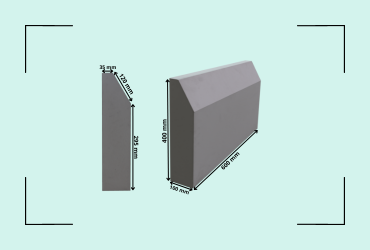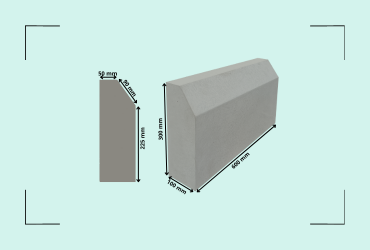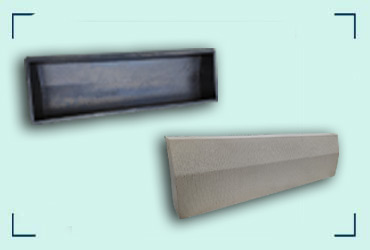Different Types Of Cover Block Moulds In 2024
By JR Rubber Industries | Date : 06 –August-2024
Home > Blog > Cover Block Moulds
The cover block moulds is an essential component which gives concrete constructions lasting toughness and durability. When it comes to construction, it is a vital element that gives concrete constructions strength and durability. To ensure the precise distance between reinforcing bars and the formwork and provide the reinforcement with the needed cover, small concrete blocks are called “cover block moulds.” The cover block moulds help protect the formwork from corrosion reinforcement and the tensile strength and endurance in cement construction. In this blog , we’ll explain the definition of a cover block moulds, the various types, and how they’re used.

What Is Cover Block Moulds ?
Cover block moulds provide a unique alternative to more traditional options. Made from high-quality rubber materials, these cover block moulds exhibit exceptional flexibility and resilience. Cover block moulds are often used in applications where vibration isolation is required, such as in sound-sensitive areas or structures with heavy machinery. These block moulds effectively absorb impact and reduce noise transmission, ensuring a comfortable and quiet environment.
Cover block moulds are non-reactive and resistant to corrosion, making them an excellent choice for long-term durability. Cover block moulds are essential elements used in construction projects to provide support and maintain the required spacing between reinforcement bars. In 2024, the construction industry is witnessing a rise in the availability and usage of different types of rubber cover block moulds. Each type offers distinct features and benefits, catering to specific construction needs.
Cover block moulds are commonly used in applications where vibration isolation and impact protection are crucial. For instance, they are extensively employed in the construction of bridges, high-rise buildings, and transportation infrastructure. The unique properties of cover block moulds effectively reduce the transfer of vibrations, preventing structural damage and increasing the lifespan of the construction.
One of the significant benefits of using cover block moulds is their ability to minimize noise pollution by absorbing sound waves. Additionally, their durability and resistance to chemicals and UV rays ensure long-lasting protection for the underlying structure.
Types Of Cover Block Moulds In 2024
1. Cover Block 1

The standard rubber cover block 1 is a popular choice among builders and contractors. This mould is made of high-quality, durable materials that can withstand extreme weather conditions. Their unique design allows for easy installation and removal, and saving valuable time during construction. Moreover, the standard rubber cover block moulds offer excellent resistance to moisture and corrosion, making it suitable for both indoor and outdoor applications.
- Offers exceptional durability and flexibility
- Easy to install and remove
- Resistant to moisture and corrosion, suitable for various applications
2. Cover Block 2

When it comes to heavy-duty applications, the load-bearing rubber cover block moulds reigns supreme. These cover block 2 are specially designed to withstand high loads and provide superior strength and stability. Whether it’s a massive industrial structure or a towering skyscraper, the load-bearing rubber cover block moulds ensures that the reinforcing bars remain securely in place. Its unique composition and structure allow for improved load distribution, minimizing the risk of structural failure.
- Provides excellent strength and stability for heavy-duty applications.
- Withstands high loads and ensures secure positioning of reinforcing bars.
- Improves load distribution, reducing the risk of structural failure.
3. Cover Block 3

Sustainable construction practices are gaining prominence. The insulated rubber cover block moulds not only serves as a spacer but also offers thermal insulation properties. Made from a special rubber compound, these cover block moulds help prevent heat transfer between the reinforcing bars and the concrete, improving energy efficiency and reducing carbon footprint. Additionally, the insulation properties of these cover block 3 contribute to enhanced temperature control, protecting the integrity of the structure.
- Provides thermal insulation, improving energy efficiency.
- Reduces heat transfer between reinforcing bars and concrete.
- Enhances temperature control, protecting the structure.
4. Cover Block 4

In certain applications where vibration reduction is crucial, the anti-vibration rubber cover block moulds excels. These cover blocks 4 are specifically designed to absorb vibrations generated by machinery, traffic, or environmental factors. By minimizing vibrations, they help protect the integrity of the structure and extend its lifespan. Additionally, the anti-vibration rubber cover block moulds contributes to a quieter and more comfortable environment, making it an ideal choice for residential and commercial buildings in busy urban areas.
- Absorbs vibrations, protecting the structure and extending its lifespan
- Creates a quieter and more comfortable environment
- Suitable for residential and commercial buildings in busy urban areas
5.Cover Block 5

Fire safety is of utmost importance in any construction project. The fire-resistant cover block 5 is designed to withstand high temperatures and prevent the spread of fire. These cover block moulds contain special additives that enhance their fire-retardant properties, making them suitable for buildings with stringent fire safety regulations. By incorporating fire-resistant rubber cover blocks moulds , builders can significantly improve the overall fire resistance of the structure, ensuring the safety of occupants.
- Withstands high temperatures and prevents the spread of fire
- Contains special additives for enhanced fire-retardant properties
- Improves overall fire resistance, ensuring occupant safety
6. Cover Block 6

As sustainability takes center stage in the construction industry, user-friendly materials are becoming increasingly popular. These cover block 6 not only provide the necessary spacers but also contribute to waste reduction and resource conservation. By choosing user-friendly rubber cover block moulds, builders can play their part in creating a greener and more sustainable future.
- Contributes to waste reduction and resource conservation.
- Promotes a greener and more sustainable construction industry.
7. Cover Block 7

In corrosive environments, protecting the reinforcing bars from rust and degradation is crucial. The corrosion-resistant rubber cover block 7 moulds offers a solution by creating a barrier between the metal and the surrounding elements. These cover block moulds are manufactured with special additives that provide excellent resistance to corrosion caused by moisture, chemicals, and other corrosive agents. By incorporating corrosion-resistant cover blocks rubber moulds , builders can ensure the longevity and structural integrity of their projects, even in harsh environments.
- Creates a barrier against corrosion, protecting the reinforcing bars.
- Provides resistance to moisture, chemicals, and other corrosive agents.
- Ensures longevity and structural integrity, especially in harsh environments.
8. Cover Block 8

Every construction project is unique, and sometimes, standard cover block moulds may not fit perfectly. . These cover blocks moulds can be easily trimmed or customized to meet specific project requirements. Whether it’s an irregular formwork shape or a complex reinforcement layout, the customizable rubber cover block moulds offers flexibility and versatility. By using customizable cover blocks 8, builders can ensure precise positioning while accommodating various design constraints.
- Can be trimmed or customized to meet specific project requirements
- Offers flexibility and versatility for irregular shapes or complex layouts
- Ensures precise positioning while accommodating various design constraints
Size Of Cover Block Moulds
When it comes to the size of cover block moulds, there is no one-size-fits-all solution. The appropriate size depends on several factors, including the diameter of the reinforcing bars, the desired cover thickness, and the specific structural requirements of the project. Generally, cover blocks mould range in size from 20mm to 50mm, but custom sizes can also be manufactured to meet unique project needs. It’s crucial to ensure that the cover blocks moulds provide the necessary spacing to adequately protect the reinforcing bars and comply with the relevant building codes and standards.
Cover Block 1

| Length | 4.5cm |
| Weight |
3.5cm
|
| Height | 3.0cm |
|
Cavity per mould
|
35 |
| mould weight | 3.100 Kg |
Cover Block 2
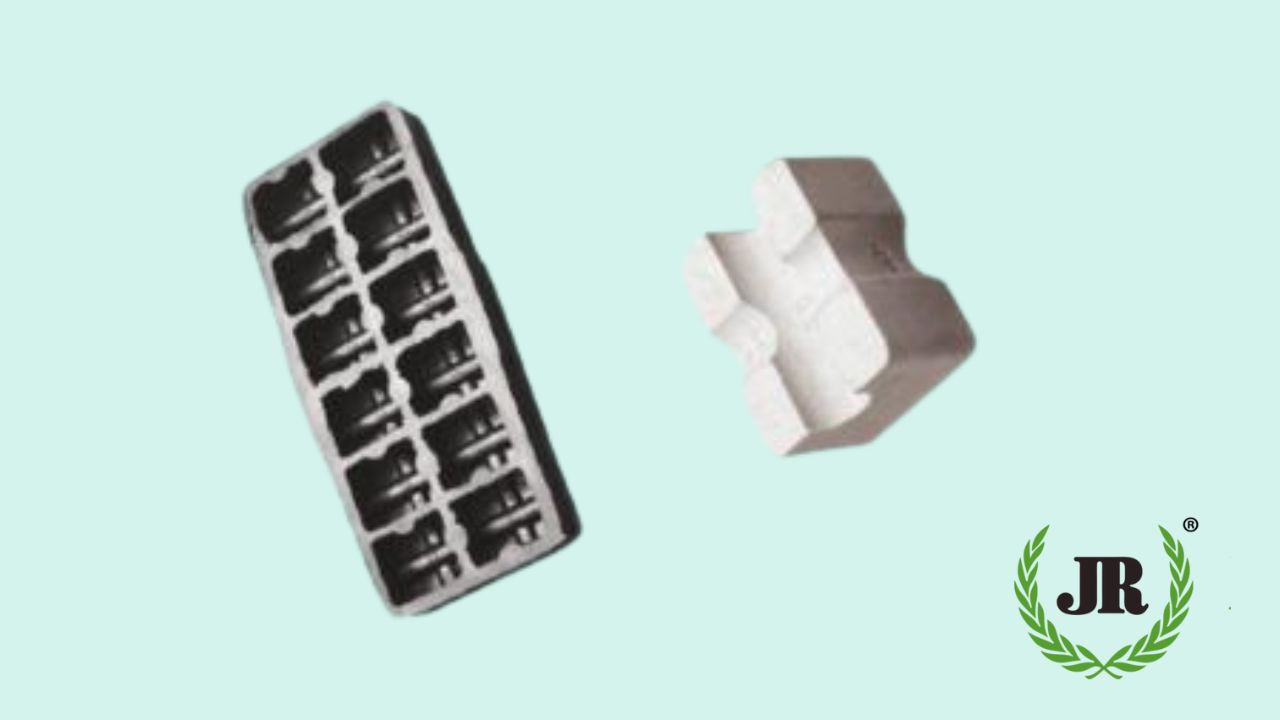
| Length | 5.0cm |
| Weight |
4.0cm
|
| Height | 3.0cm |
|
Cavity per mould
|
12 |
| Suitable for |
20 mm &40 mm & 25 mm & 50 mm |
| mould weight | 1.150 Kg |
Cover Block 3
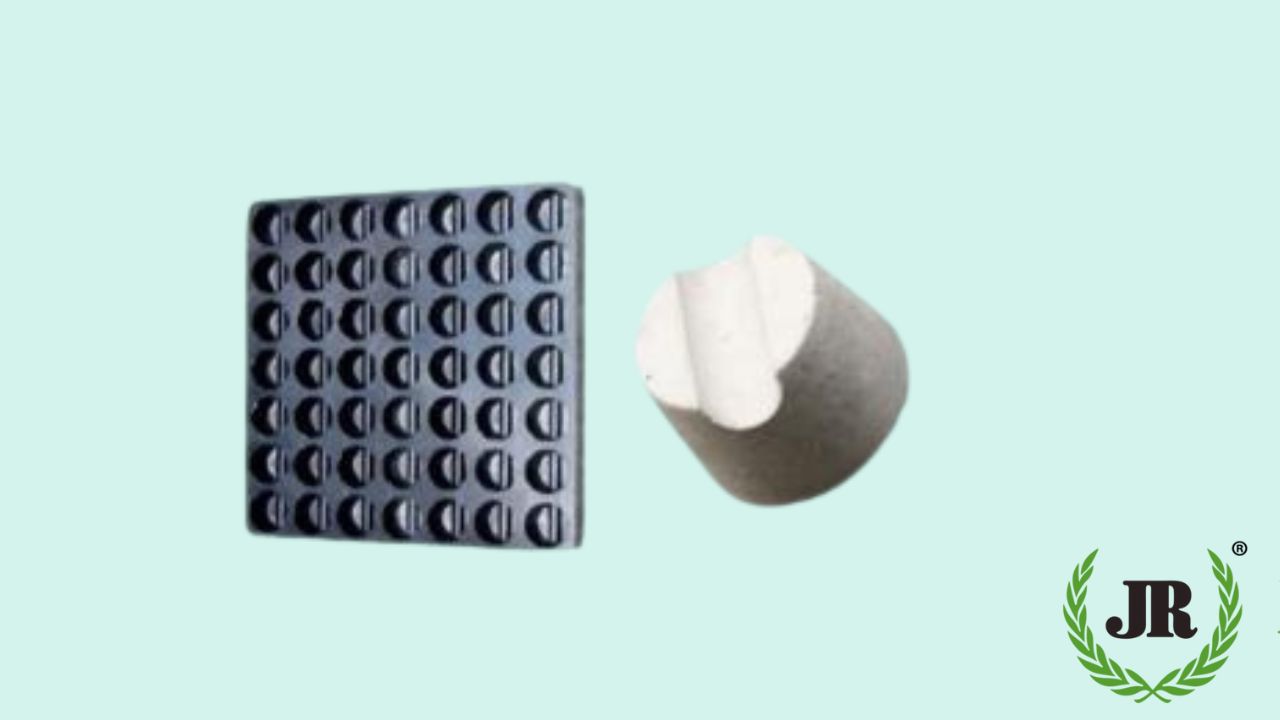
|
Cavity per mould
|
49 |
|
Diameter |
35 mm |
|
Suitable for |
20 mm |
|
mould weight |
2.900 Kg |
Cover Block 4
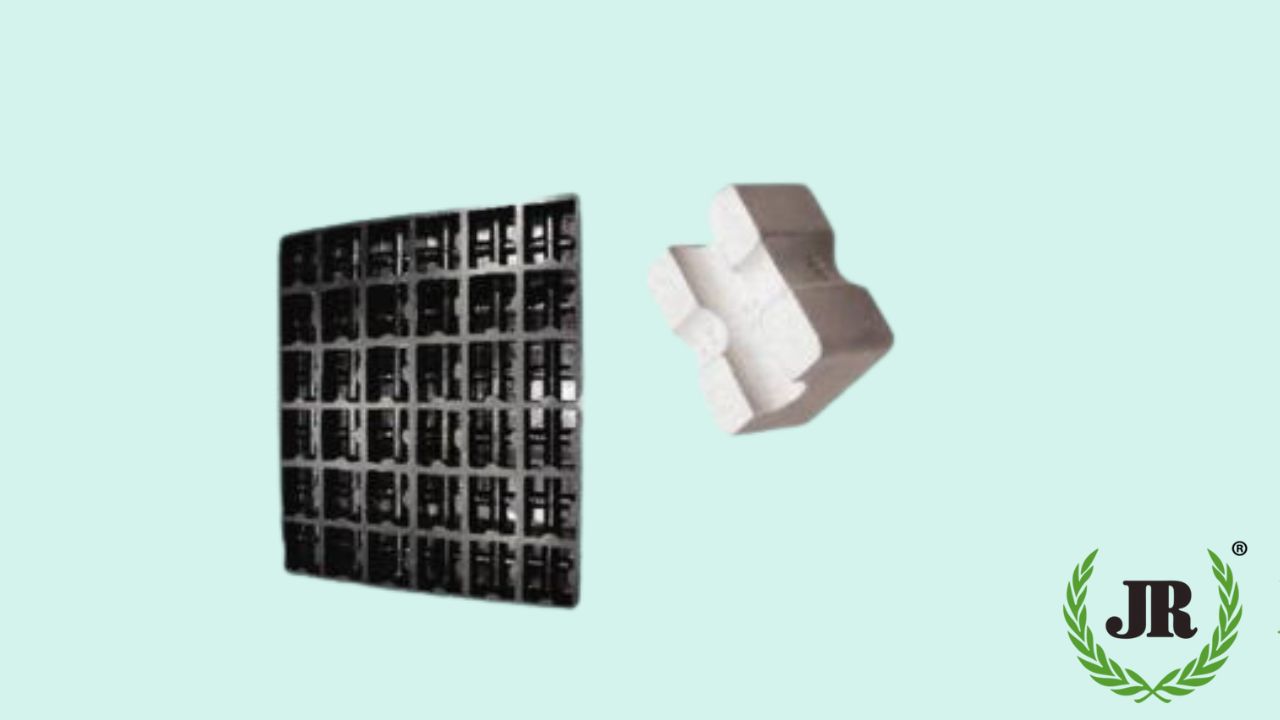
|
Length |
5.0cm |
|
Weight |
4.0cm |
|
Height |
3.0cm |
|
Cavity per mould
|
36 |
|
Suitable for |
20 mm & 25 mm & 40 mm & 50 mm |
|
mould weight |
3.200 Kg |
Cover Block 5
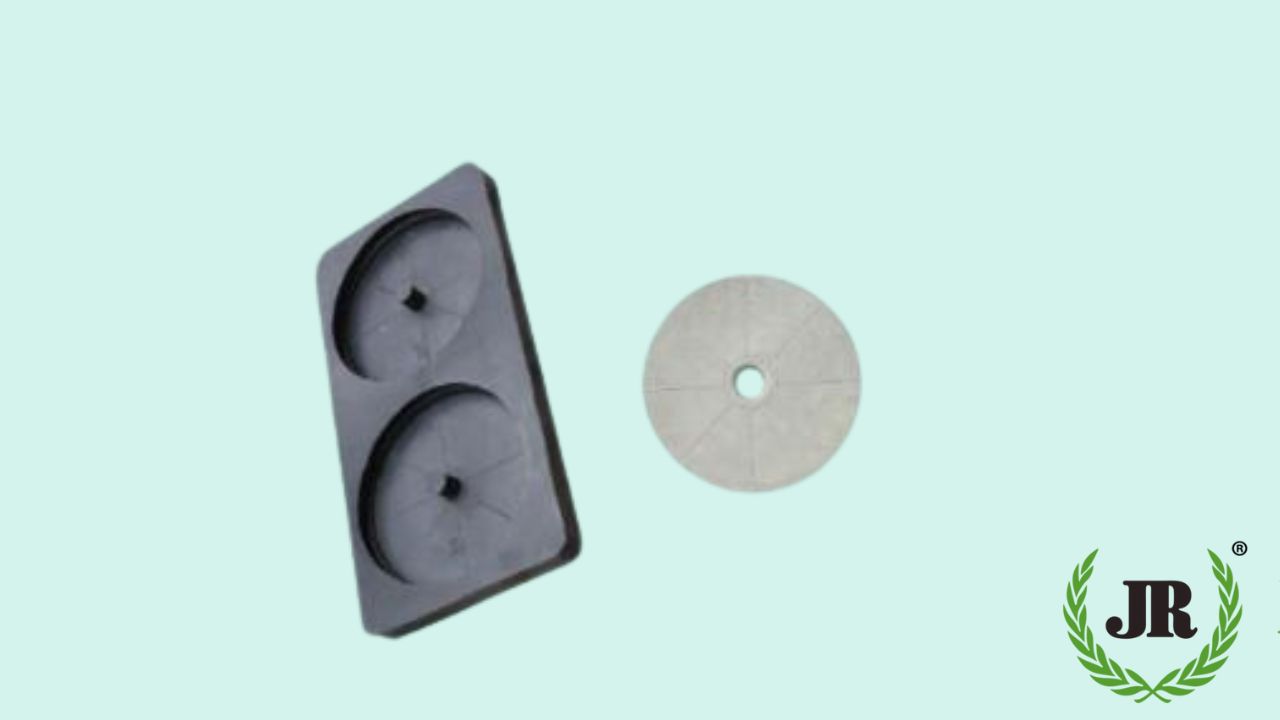
| Cavity per mould | 2 |
| Suitable for | 12 mm |
| Iron ring radius | 60 mm & 70 mm |
| available Mould weight | 1.300 Kg |
Cover Block 6
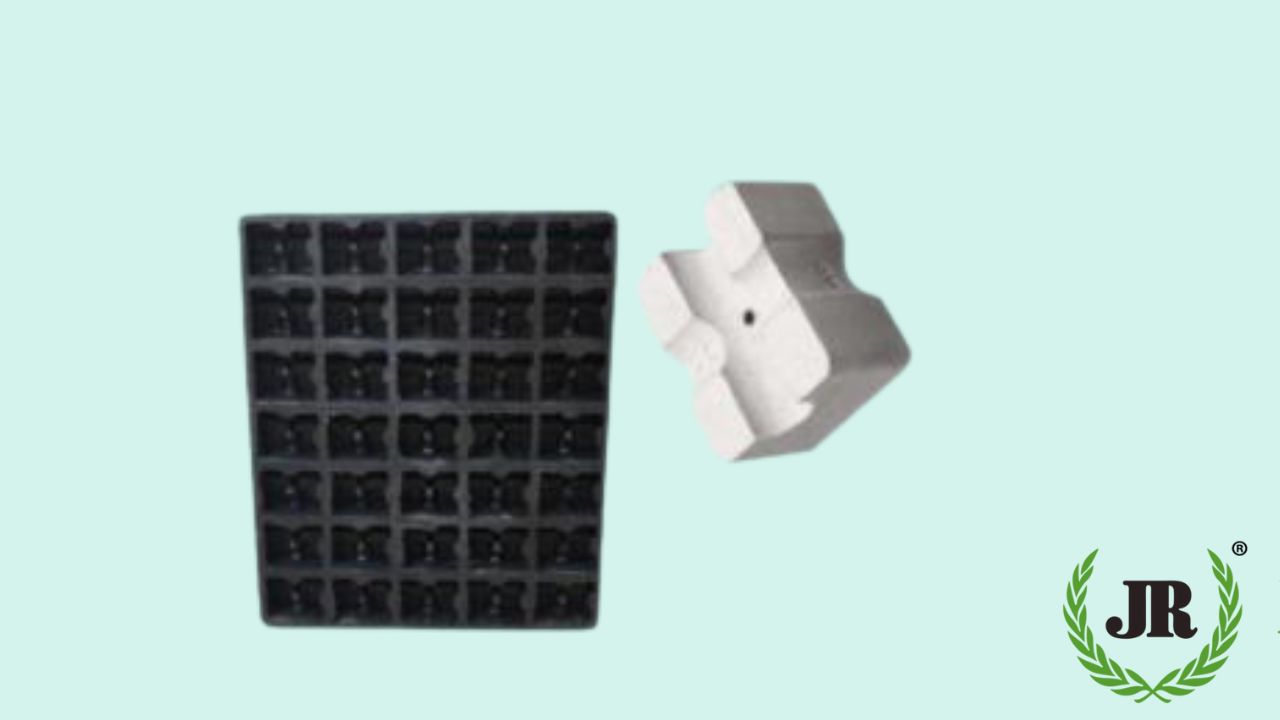
|
Length |
5.5cm |
|
Weight |
4.5cm |
|
Height |
3.0cm |
|
Cavity per mould
|
35 |
|
Suitable for |
20 mm & 25 mm & 40 mm & 50 mm |
|
mould weight |
3.400 Kg |
Cover Block 7
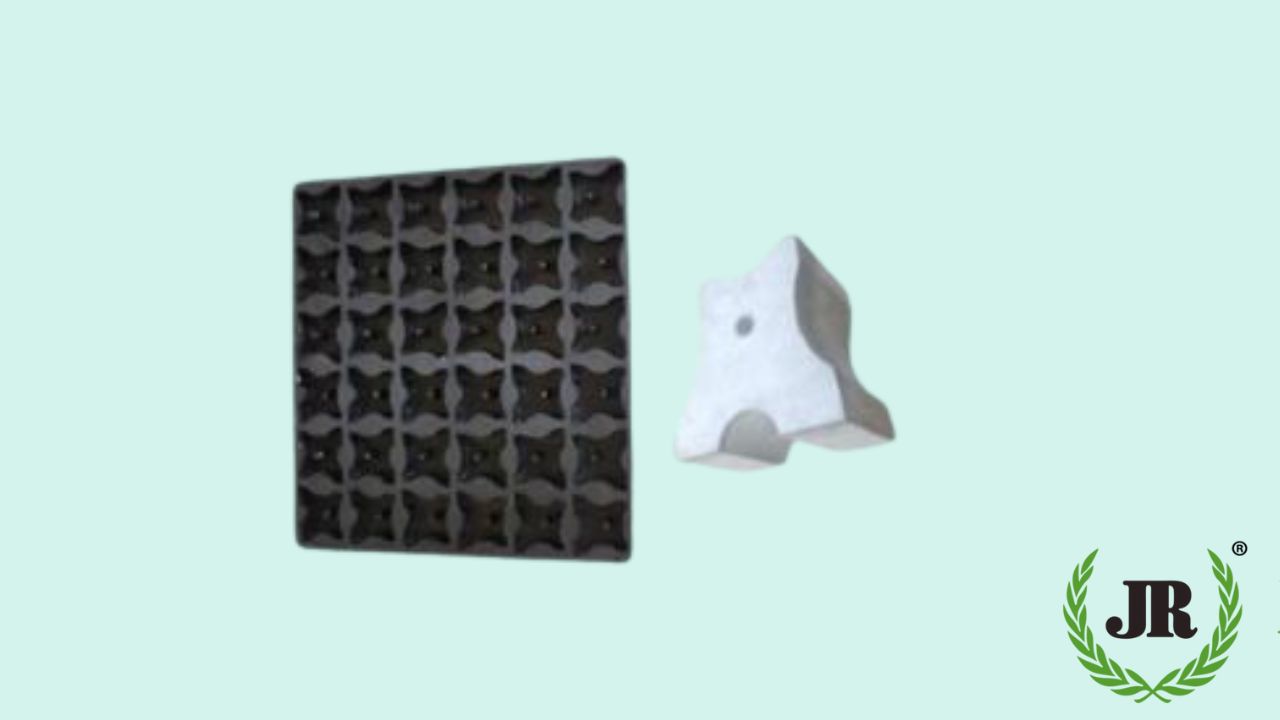
|
Cavity per mould |
36 |
|
Suitable for |
50 mm |
|
Mould weight |
3.100 Kg |
Cover Block 8
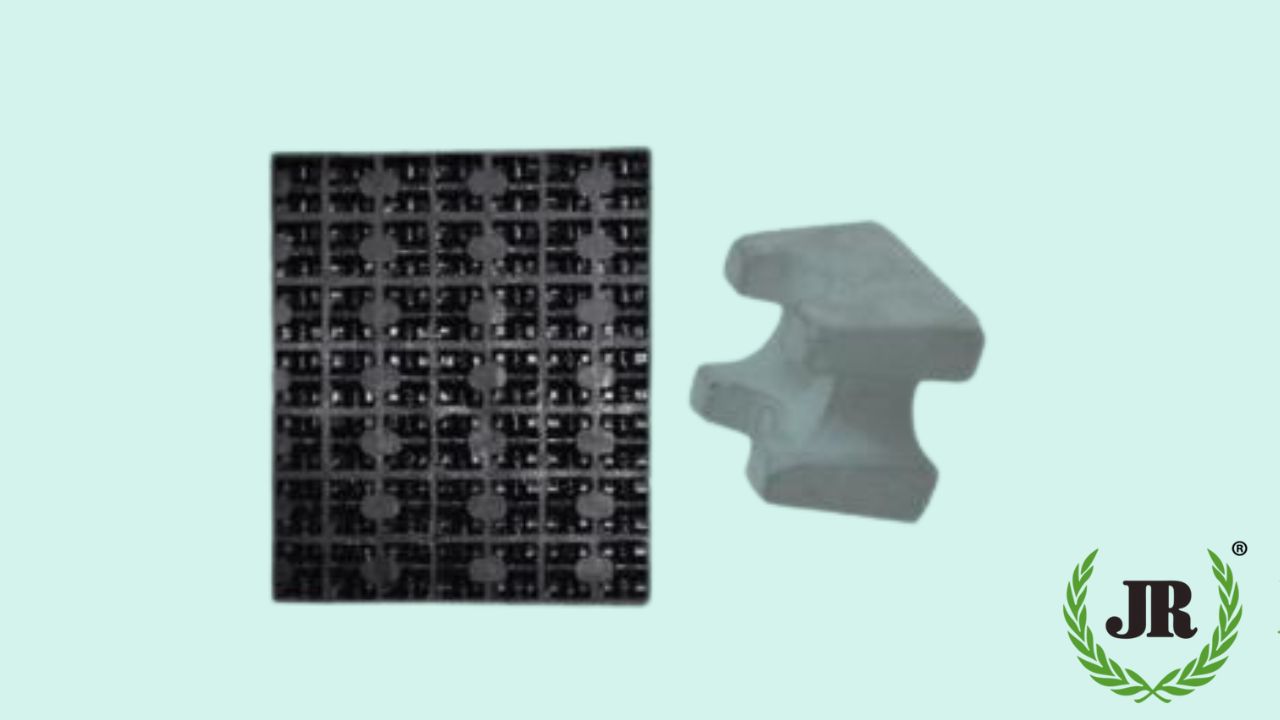
|
Cavity per mould |
49 |
|
Suitable for |
15 mm & 20 mm & 25 mm |
|
Mould weight |
2.900 Kg |
How To Choose the Right Cover Blocks Mould ?
With several cover block moulds options available, choosing the right one for your specific construction needs can seem overwhelming. However, by considering a few key factors, you can make an informed decision. Here are some essential aspects to consider:
- Project Requirements: Evaluate the specific requirements of your project, such as the type of structure, exposure to moisture or chemicals, and the desired lifespan. This will help determine the appropriate material and size of the cover block moulds.
- Material Properties: Understand the properties of different cover block moulds materials, considering factors like durability, resistance to corrosion and environmental factors, thermal insulation, and compatibility with other construction materials.
- Ease of Installation: Consider the ease of installation and compatibility with the reinforcing bars, as this will impact the overall construction process.
- Size and Shape: The design of the cover block moulds should correspond to the form of the reinforcement bar it supports. However, the size is heavily reliant on the thickness of the concrete, as outlined by the design specifications.
- Load Capacity: According to the design specifications, it is essential to ensure the block moulds covering can support the weight of both reinforcement bars and the concrete without deteriorating. So, it is necessary to establish the capacity of the block’s load.
By carefully evaluating these factors and consulting with construction professionals, you can choose the right cover block moulds that best meet the specific requirements of your project.
Conclusion
Cover block moulds may seem like small components in the construction process, but their role in ensuring the longevity and durability of structures cannot be underestimated. By understanding the various types of cover block moulds available in 2024, As the construction industry continues to evolve, the availability of different types of rubber cover blocks moulds provides builders and engineers with a range of options to suit their specific project requirements.
Whether it’s the standard, interlocking, adjustable, circular, or ribbed rubber cover blocks moulds, each type offers unique features and advantages. By understanding the characteristics of these cover blocks moulds, construction professionals can make informed decisions to ensure the longevity and structural integrity of their projects in 2024 and beyond. JR Rubber Industries is a key player in providing these innovative cover block molds, contributing to the evolving landscape of the construction industry.
